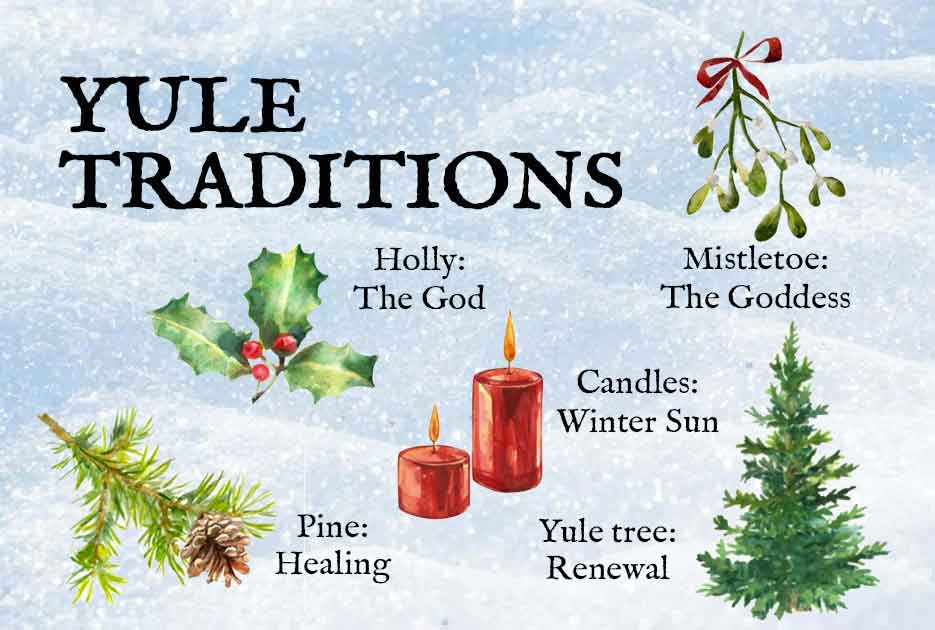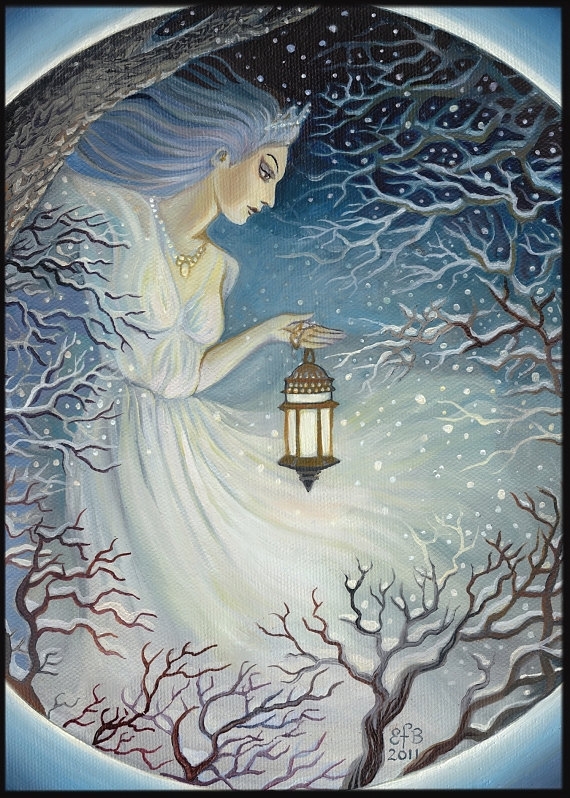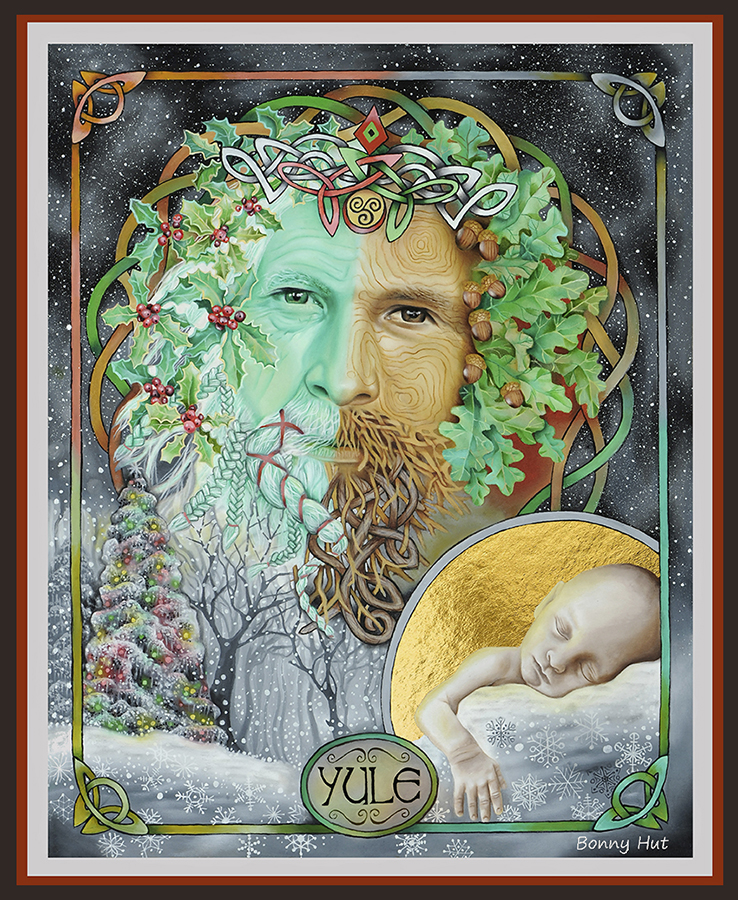Yule: A Celebration Of Light And Renewal In The Winter Solstice
Yule: A Celebration of Light and Renewal in the Winter Solstice
Related Articles: Yule: A Celebration of Light and Renewal in the Winter Solstice
Introduction
With enthusiasm, let’s navigate through the intriguing topic related to Yule: A Celebration of Light and Renewal in the Winter Solstice. Let’s weave interesting information and offer fresh perspectives to the readers.
Table of Content
Yule: A Celebration of Light and Renewal in the Winter Solstice

The word "Yule" evokes a sense of ancient tradition, a time of celebration and warmth amidst the cold and darkness of winter. It signifies a period of festive merriment, a time for gathering with loved ones, and a reflection on the cyclical nature of life. While often associated with the modern celebration of Christmas, Yule holds a deeper historical significance, rooted in pre-Christian traditions that honored the winter solstice, the shortest day of the year.
A Journey Through Time: Tracing the Origins of Yule
The origins of Yule can be traced back to the ancient Germanic and Norse cultures, where it was celebrated as a festival marking the return of the sun after the winter solstice. This period, known as "Yuletide," was a time of feasting, revelry, and the honoring of ancestral spirits. The Yule log, a large log burned in the hearth, symbolized the sun’s return and its life-giving power.
The exact etymology of the word "Yule" is uncertain, but it is thought to derive from the Old Norse word "hól," meaning "wheel," referencing the cyclical nature of the year and the turning of the sun. Other theories suggest its origin in the Proto-Germanic word "jōl," referring to the "wheel of the year."
Yuletide Traditions: A Tapestry of Ancient Practices
Yuletide traditions are steeped in symbolism and ritual, reflecting the deep connection between ancient cultures and the natural world. Key practices included:
- The Yule Log: As mentioned earlier, the Yule log held immense symbolic significance, representing the sun’s return and the promise of warmth and light. The burning of the log was a ritualistic act, meant to ward off evil spirits and ensure a prosperous new year.
- The Yule Goat: In Scandinavian folklore, the Yule goat, often depicted as a white goat with horns and bells, was a symbol of good luck and prosperity. It was believed that the goat would bring gifts and blessings to those who were good, while punishing those who were bad.
- Yuletide Decorations: Homes were adorned with evergreen boughs, holly, and mistletoe, representing the enduring power of life amidst winter’s harshness. These decorations also served as a reminder of the coming spring and the rebirth of nature.
- Yuletide Feasts: Yuletide feasts were elaborate affairs, featuring roasted meats, breads, and strong drinks. The feasting was a way to celebrate the harvest and to ensure abundance for the coming year.
- Yuletide Songs and Stories: Traditional songs and stories, often centered on themes of light, rebirth, and the cycle of the year, were shared during Yuletide gatherings. These stories served to preserve cultural traditions and to connect generations.
Yule and the Christianization of Europe
With the spread of Christianity across Europe, Yuletide traditions gradually blended with Christian observances, ultimately contributing to the development of Christmas as we know it today. The Yule log, for example, was reinterpreted as a symbol of Christ’s sacrifice and the light of the world. The feast day of Christmas, December 25th, was chosen to coincide with the winter solstice, marking the birth of Jesus as a light in the darkness.
Yule: A Celebration of Renewal and Hope
Despite the merging of Yuletide traditions with Christmas, the essence of Yule remains relevant today. It symbolizes a time for reflection, for gratitude for the gifts of the past year, and for hope for the year to come. It reminds us of the cyclical nature of life, the importance of community, and the enduring power of light and renewal even in the darkest of times.
FAQs: Exploring the Nuances of Yule
Q: What is the difference between Yule and Christmas?
A: Yule is a pre-Christian celebration of the winter solstice, while Christmas is a Christian holiday celebrating the birth of Jesus Christ. While Yuletide traditions have influenced Christmas, they are distinct celebrations with different origins and meanings.
Q: Is Yule still celebrated today?
A: Yule is still celebrated by some modern Pagans and Wiccans as a time of reflection and honoring the winter solstice. However, its most prominent influence is seen in the traditions and symbolism associated with Christmas.
Q: How can I celebrate Yule?
A: You can celebrate Yule by incorporating traditional practices into your winter celebrations. You can light a Yule log, decorate your home with evergreen boughs and candles, share a special meal with loved ones, and reflect on the cycle of the year.
Tips for Celebrating Yule:
- Embrace the symbolism: Decorate your home with symbols of light and renewal, such as candles, evergreen boughs, and stars.
- Share a special meal: Gather with loved ones for a festive feast, incorporating traditional foods like roasted meats, breads, and spiced drinks.
- Light a Yule log: Burn a large log in your fireplace to symbolize the return of the sun and the warmth of community.
- Share stories and songs: Share traditional Yuletide songs and stories with your loved ones, passing on the traditions of the past.
- Reflect on the cycle of the year: Take time to reflect on the past year and to set intentions for the year to come.
Conclusion: Embracing the Timeless Wisdom of Yule
Yule, though often overshadowed by Christmas, continues to hold a special significance in our modern world. It reminds us of the ancient traditions that shaped our cultural heritage and the timeless wisdom of honoring the cycles of nature. By embracing the symbolism and spirit of Yule, we can connect with the past, celebrate the present, and embrace the hope and renewal that comes with the winter solstice.








Closure
Thus, we hope this article has provided valuable insights into Yule: A Celebration of Light and Renewal in the Winter Solstice. We appreciate your attention to our article. See you in our next article!
Leave a Reply